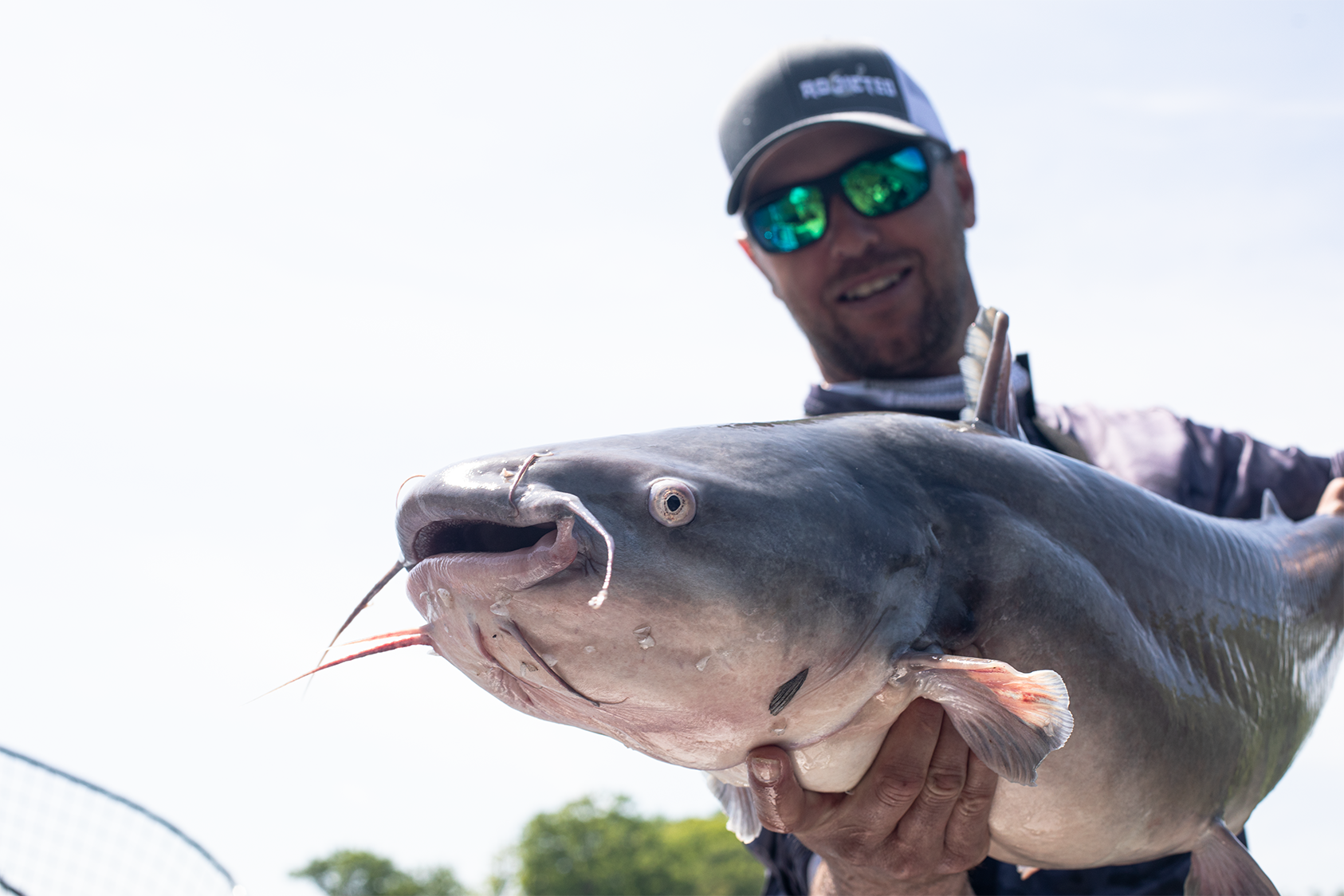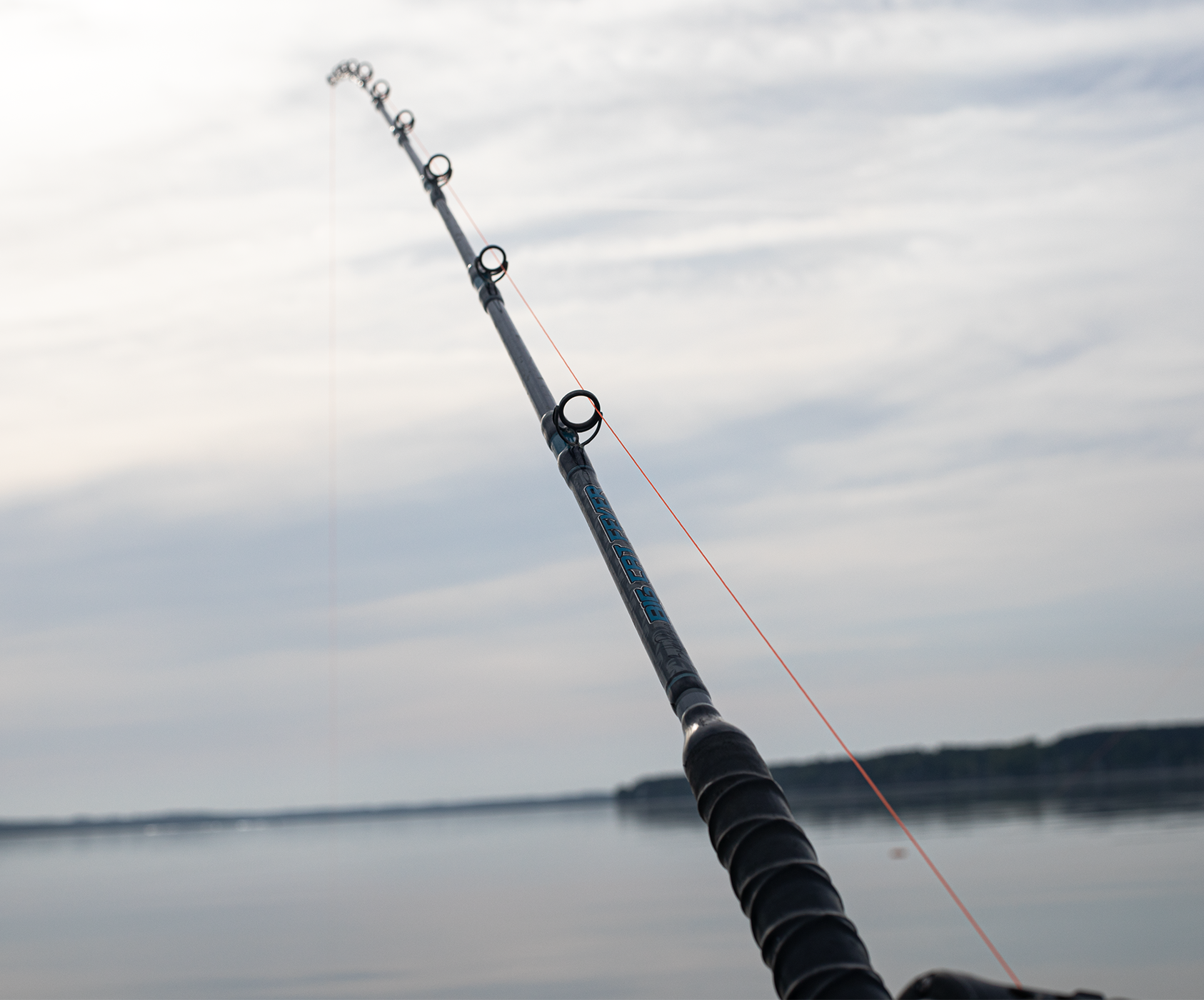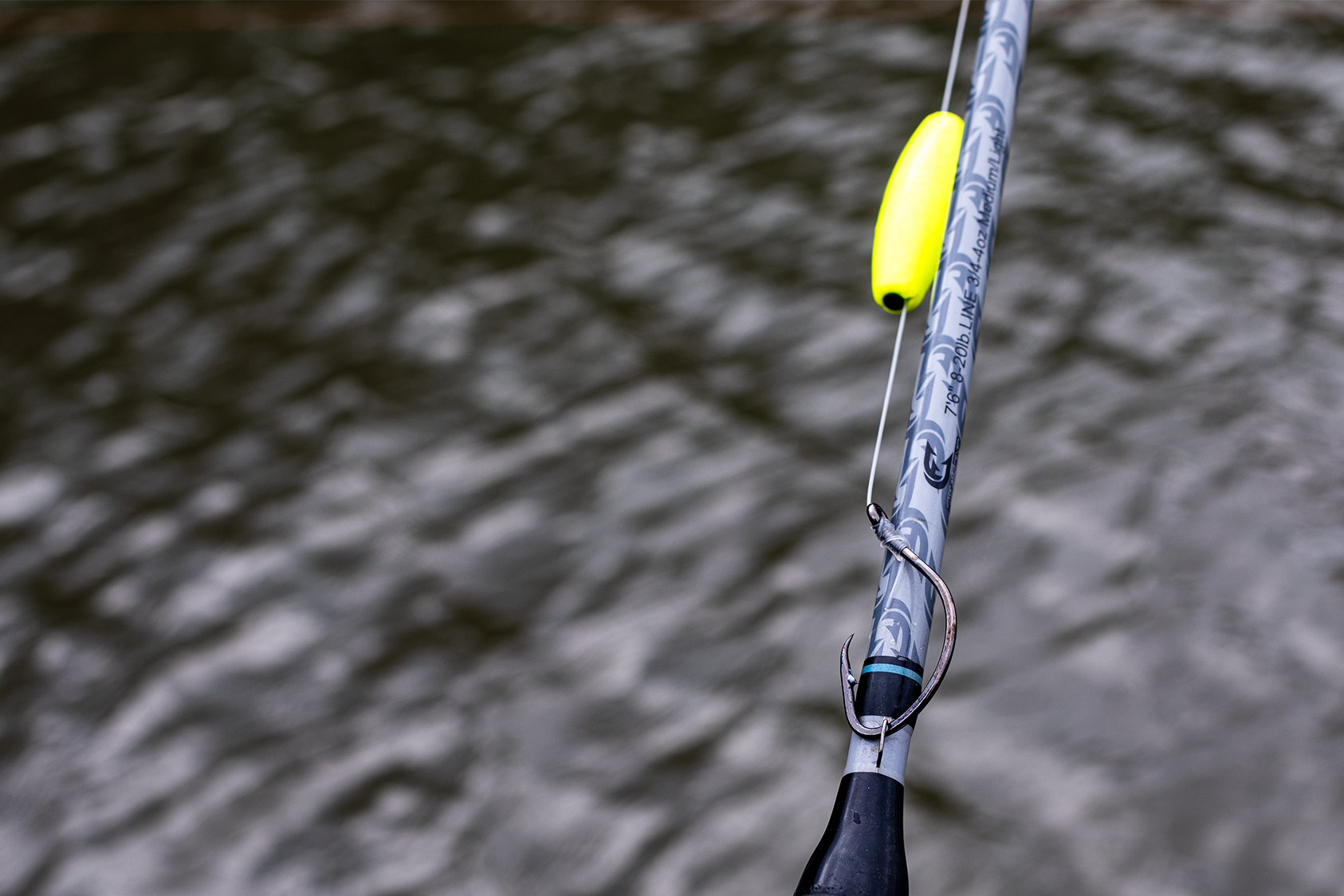Bank Fishing for Catfish: Spots, Rigs, Baits, and Simple Plans That Work
Table of Contents
Why Bank Fishing Works

Best Bank Spots
When to Go
Essential Shore Gear

Best Bank Fishing Rigs That Catch Catfish

Best Bank Baits for Catfish
Rod Holder Setup and Casting Angles
Bite Detection and Hook Sets
Wind, Current, and Line Control
Night Bank Fishing
Access, Etiquette, and Safety
Common Bank Mistakes
Simple Bank Plans You Can Run Today
Quick Checklist
Conclusion
Shop Catfish Gear

